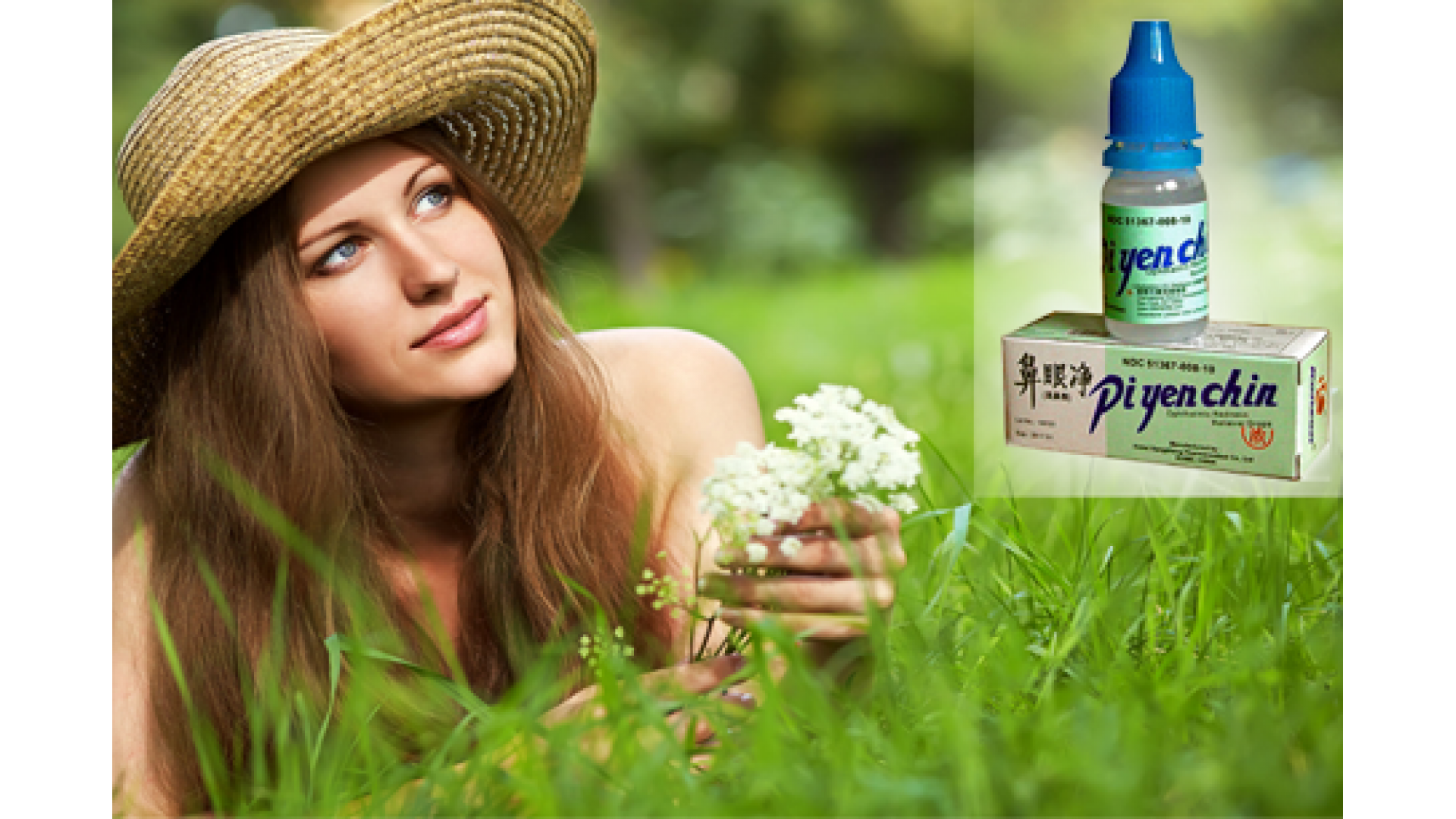Allergic rhinitis is an allergic inflammation of the nasal airways. It occurs when an allergen, such as pollen, dust or animal dander (particles of shed skin and hair) is inhaled by an individual with a sensitized immune system.
Allergic rhinitis may be seasonal or perennial. Seasonal allergic rhinitis occurs particularly during pollen seasons. It does not usually develop until after 6 years of age. Perennial allergic rhinitis occurs throughout the year. This type of allergic rhinitis is commonly seen in younger children.
Signs and Symptoms
The characteristic symptoms of allergic rhinitis are: rhinorrhea (excess nasal secretion), itching, and nasal congestion and obstruction.
Characteristic physical findings include conjunctival swelling and erythema, eyelid swelling, lower eyelid venous stasis, transverse nasal crease, swollen nasal turbinates, and middle ear effusion.
Sufferers might also find that cross-reactivity occurs. For example, someone allergic to birch pollen may also find that they have an allergic reaction to the skin of apples or potatoes. A clear sign of this is the occurrence of an itchy throat after eating an apple or sneezing when peeling potatoes or apples. This occurs because of similarities in the proteins of the pollen and the food. There are many cross-reacting substances.
Pollen Allergies
Allergic rhinitis triggered by the pollens of specific seasonal plants is commonly known as "hay fever", because it is most prevalent during haying season. However, it is possible to suffer from hay fever throughout the year. The pollen which causes hay fever varies between individuals and from region to region; generally speaking, the tiny, hardly visible pollens of wind-pollinated plants are the predominant cause.
- Herbal tea and remedies for allergic rhinitis: Xanthium & Perilla Combo, Xanthium and Siler Combo, Be Min Kan Herbal Tea, Pi Yen Chin Nose & Eye Drops
- Empirical formulas for itchy skin: Wushe Zhiyang Wan, Xiao Feng San Wan, Fang Feng Tong Sheng Wan (Miraculous Saposhnikovia Pills)
花粉热
花粉热又称季节性过敏性鼻炎,是一种身体对空气粒子例如花粉所产生的过敏反应,当敏感原接触到患者的上呼吸道或眼睛後便可诱发病徵。它和哮喘、湿疹彼此相关,三者都是由敏感引起的疾病,并且都经常会在家族中遗传。花粉热是较普遍的敏感性疾病,在工业发达国家中约有一成半人患上此病。
病症明显
花粉症可以发生于任何年龄,但由于它的发病需要一个致敏期,故婴儿少见。男、女的发病情况大致相同。症状主要表现在鼻、眼和支气管。
鼻内痒感和喷嚏发作是最普遍的症状。这是由于鼻粘膜水肿,刺激感觉神经引起的。由于剧烈的鼻痒,患者常不断用手揉鼻;喷嚏发作常连续数十个。鼻分泌物大量增多,常在连续喷嚏后流出。
重者在发病季节终日滴流不止,患者常形容一天要用数十块手帕或一卷卫生纸擦鼻涕。由于分泌物的刺激,鼻前庭或上唇常红肿,甚至糜烂。
约有半数患者有眼痒、流泪等症状,这是变应性结膜炎和鼻泪管粘膜水肿的结果。约8%-14%的患者并发哮喘。
药物治疗
药物治疗是目前用以控制花粉症症状急性发作最常用的方法。由于单一花粉敏感的花粉症患者每年的发病时间不过1-2月,而现有对症药物又能较满意地控制急性症状,这就使药物治疗成为最易为患者接受的非特异性治疗方法之一。
一般认为,单纯花粉症,每年发病时间不长的,适宜用药物对症治疗;对于已并发哮喘,或伴有咳嗽、可能发展为支气管哮喘的,或长期需要全身应用皮质类固醇控制症状的,适合于应用特异性脱敏疗法。
花粉症可能是呼吸系变态反应病中应用脱敏治疗效果最好的-种病。


